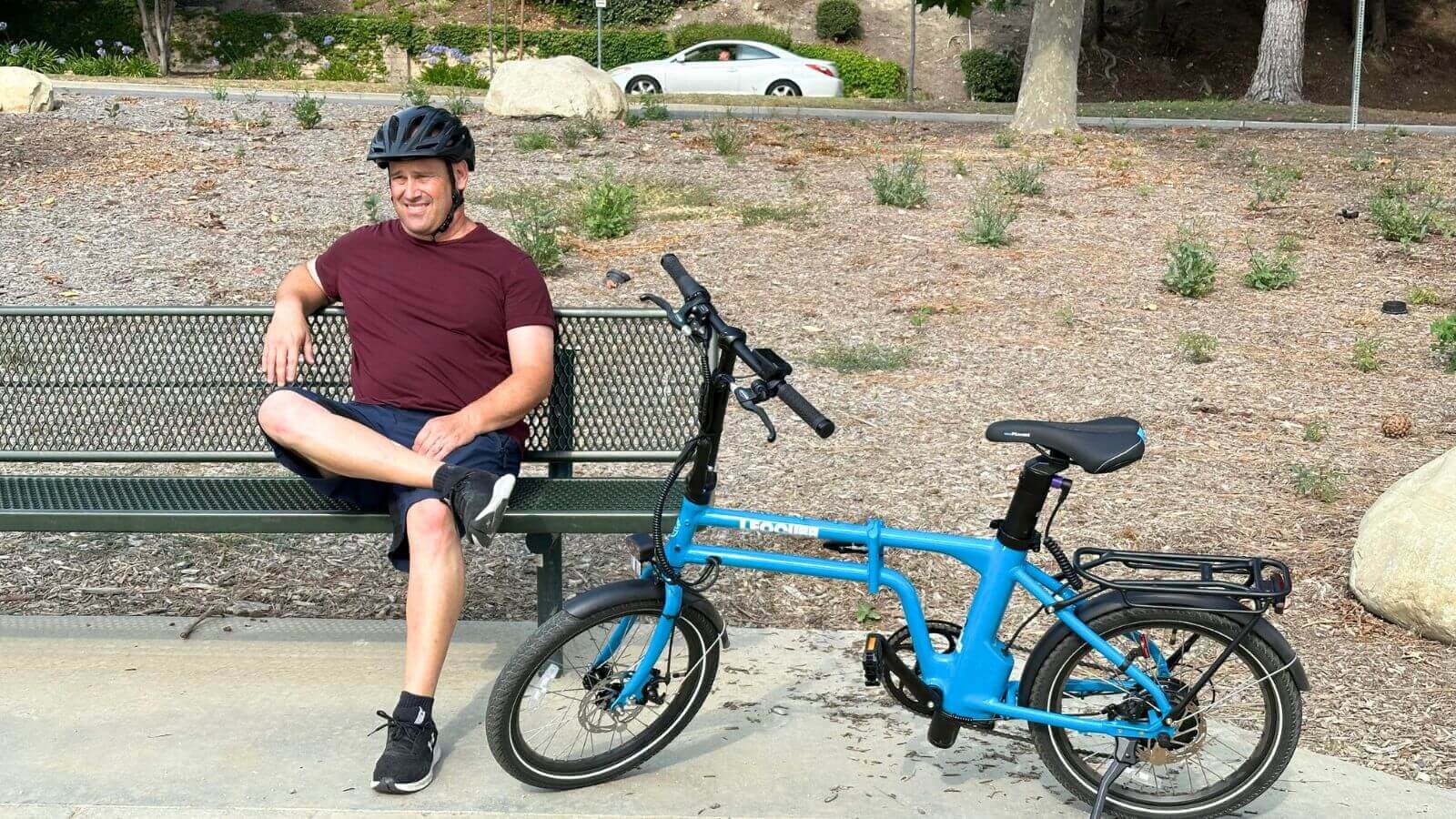
Why Is the Range on My Electric Bike So Unpredictable?
Electric bikes are becoming more common, but many riders still face a frustrating issue: why is the remaining range on the display often inaccurate? Sometimes the bike shows 30 kilometers left, but it runs out of power after just 20 kilometers. Other times, the display shows a low range, but the bike keeps going much farther than expected. This "range anxiety" is something many electric bike users deal with. In this article, we’ll break down why it’s so hard to predict the remaining range on your bike.
The Struggles of Measuring Battery Power
To understand why the range is so unpredictable, we need to first look at how battery power is measured. Unlike a gas tank, the battery’s "fuel" is electrical energy from a chemical reaction, which makes it harder to track accurately.
You Can’t Measure Battery Power Directly
Electric bikes use lithium-ion batteries, and their power level isn’t something you can measure directly like gas in a tank. Engineers have to estimate it by checking things like voltage, current, and temperature. But these estimates aren’t always accurate, and they become even less reliable as the battery gets older.
Voltage and Power Don’t Always Match Up
The voltage in a lithium-ion battery doesn’t change in a simple, linear way as the battery drains. When the battery is full or almost empty, the voltage changes quickly. But when it’s in the middle, the voltage changes more slowly. This means estimates are usually more accurate when the battery is about 30%-70% full, but less reliable when it’s almost empty or full.
Battery Aging Makes It Worse
As your battery gets older, its capacity starts to shrink. After two years, a battery might only have 80% of its original capacity. If the bike’s system doesn’t adjust for this, the range estimates will keep getting less accurate.

How Riding Conditions Impact Energy Consumption
Even if the battery power is measured accurately, predicting the remaining range still faces a major challenge: the uncertainty of future riding conditions. The energy consumption of an electric bike (eBike) is influenced by many factors, and these factors can change in real-time.
Factors That Affect Riding Resistance
Terrain Slope: One of the biggest factors influencing energy consumption is the incline. Riding uphill can increase energy use by 5 to 10 times, while downhill riding may require almost no power, or even regenerate energy (if the bike has regenerative braking).
Wind Speed and Direction: Riding into a headwind increases air resistance, which significantly boosts energy consumption. A 10 km/h headwind can raise energy use by 20% to 30%.
Road Surface: Soft sand, gravel, or rough roads increase rolling resistance, consuming more energy.
Rider Behavior and Its Impact
Riding Speed: Air resistance increases with speed, and it’s proportional to the square of the speed. At 25 km/h, air resistance is about 2.8 times higher than at 15 km/h.
Pedal Assist Level: Using higher pedal assist levels from the motor naturally consumes more energy. Some riders frequently adjust their assist levels, which complicates the accuracy of range predictions.
Start-Stop Frequency: In urban riding, frequent starts and stops increase energy consumption because more power is needed during acceleration.
The Weight Factor
Carrying heavy loads or additional passengers adds more load on the motor. An extra 20 kg could increase energy use by 10% to 15%, depending on the riding conditions.
Limitations of System Estimation Methods
Electric bike (eBike) manufacturers use various algorithms to estimate the remaining range, but these methods all have inherent limitations.
Simple Average Energy Consumption Calculation
Most entry-level eBikes use a simple method based on average energy consumption: the remaining battery power is divided by the average energy consumption over a certain period. The problem with this approach is that it assumes future riding conditions will be the same as past ones, which is rarely the case.
Mode-Based Predictions
More advanced systems offer multiple riding modes (such as "City," "Mountain," "Economy"), each with its own energy consumption coefficient. While this method is an improvement over the simple average calculation, it still can't account for real-time changes in riding conditions.
Challenges of Advanced Algorithms
A few high-end eBikes try to use more complex algorithms that consider additional variables, even GPS terrain data. However, these systems face several issues:
-
They require a lot of sensor data, which increases cost and complexity.
-
They can’t predict sudden weather changes.
-
They rely on accurate user input (such as weight).
-
Their processing power is limited, making real-time calculations difficult.
The Impact of Environmental Temperature
Temperature has a significant effect on the performance of lithium-ion batteries, and it's a key reason why remaining range estimates can be inaccurate.
The Effect of Cold Temperatures
In cold environments (especially below 10°C):
-
The available battery capacity temporarily decreases, possibly to just 80%-90% of its normal capacity at room temperature.
-
Internal resistance increases, causing the voltage to drop faster, which could trigger a low battery warning.
-
Regenerative braking efficiency decreases.
The Effect of High Temperatures
In hot environments (over 35°C):
-
The battery may limit its output power to protect itself.
-
Prolonged high temperatures accelerate battery aging.
-
Cooling systems (if present) consume additional energy.
How to Improve the Accuracy of Remaining Range Estimates
While it's difficult to achieve perfectly accurate predictions, there are several ways to get more reliable range estimates for your electric bike.
Regularly Calibrate Your System: Fully charge and discharge your battery regularly to help the battery management system adjust its estimates. Also, follow the manufacturer’s recommended battery maintenance practices.
Understand Your Riding Patterns: Track your actual riding distances in different conditions to create a personal reference. In familiar areas, your own experience will often give a more reliable estimate than the display.
Use Assist Modes Wisely: When uncertain about the remaining range, switch to a lower assist mode and rely more on pedal power to reduce motor load.
Account for Environmental Factors: Cold weather can reduce battery efficiency, so it's wise to leave extra battery reserve in these conditions. Adjust your expectations if you're riding in strong winds or on rough roads.
Utilize Supplementary Tools for Better Estimates: Third-party apps that combine map elevation data with energy usage can improve accuracy. High-end eBikes with companion apps also provide detailed energy consumption analysis for more precise range predictions.
Future Technological Developments in eBike Range Predictions
As technology advances, we can expect eBike range predictions to become more accurate with the help of new innovations.
Advanced Battery Management Systems and AI: The integration of artificial intelligence will help battery management systems learn from users' riding habits and route characteristics, providing more personalized and precise range estimates.
Real-Time Sensor Integration: More data from real-time sensors, including wind speed, slope, and weight, will be used to offer more accurate predictions based on changing conditions during a ride.
Vehicle-to-Everything (V2X) Technology: V2X technology will enable eBikes to adjust their range predictions by factoring in real-time traffic and weather data, helping to account for external influences on energy consumption.
Advancements in Battery Technology: New developments in battery technology, such as solid-state batteries, promise more stable and linear discharge characteristics, leading to more reliable range predictions.


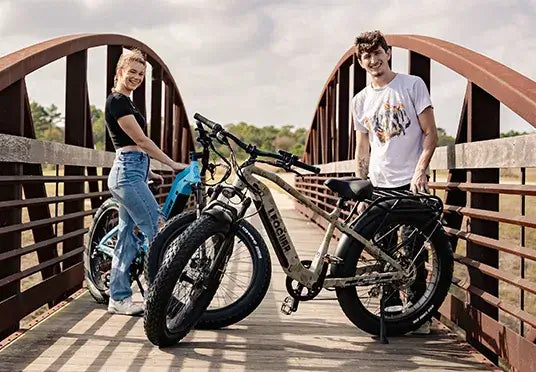
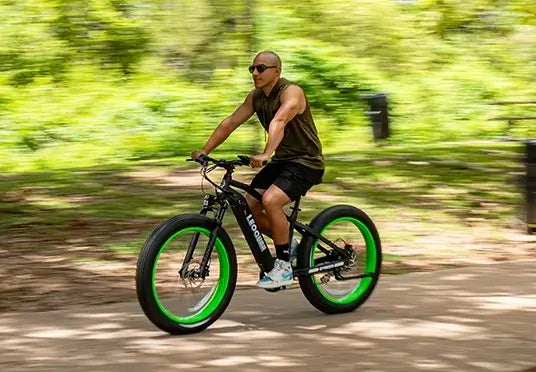
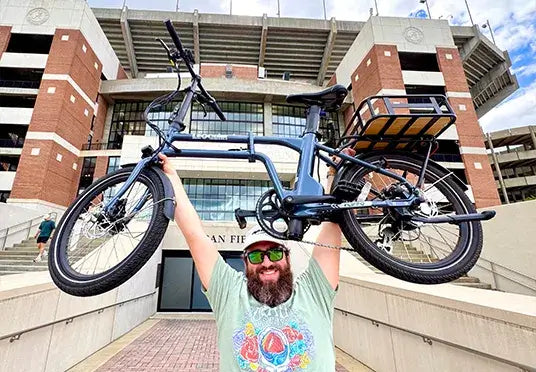
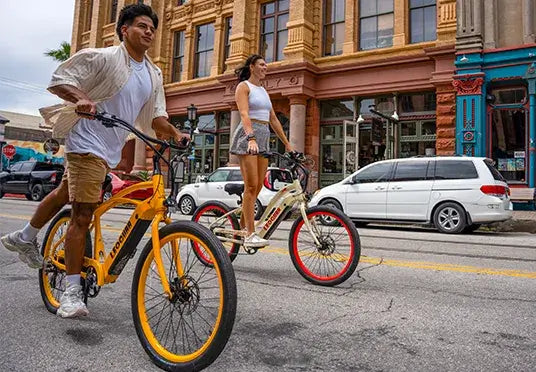
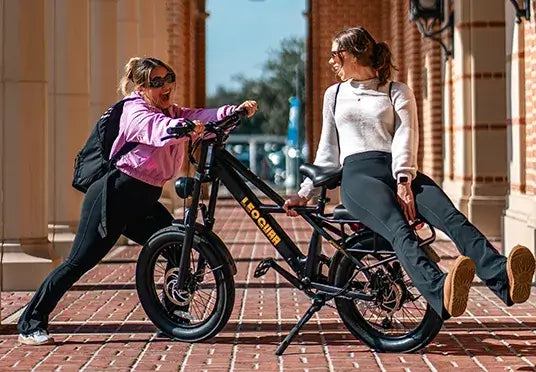
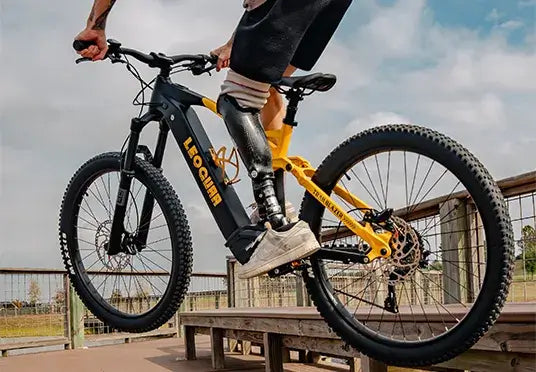

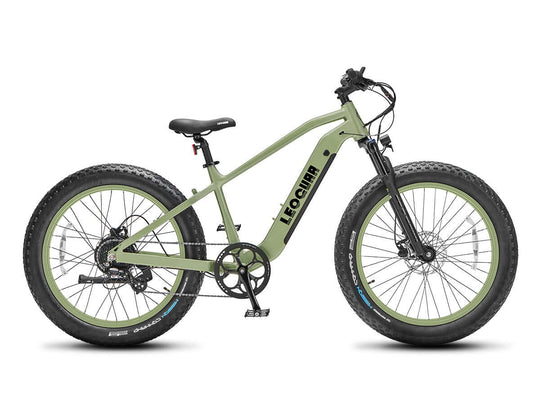
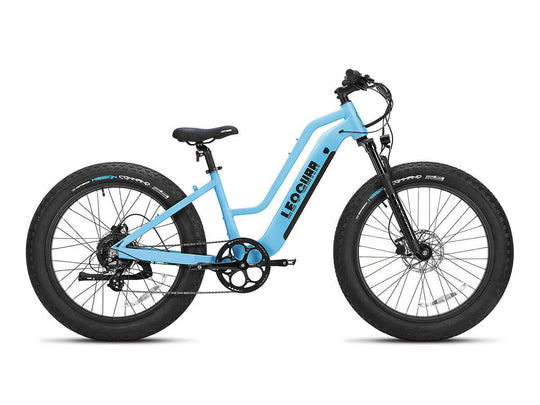
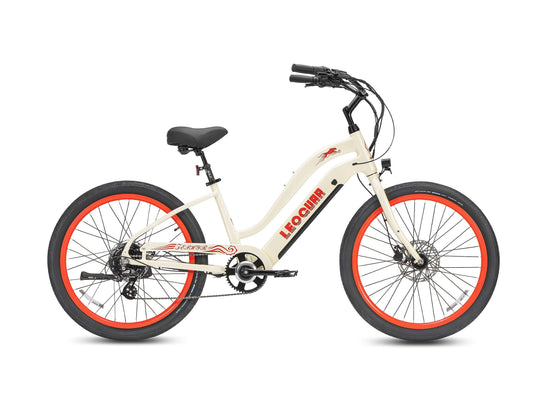
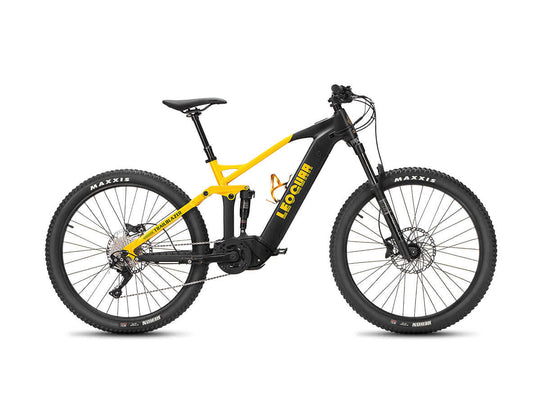
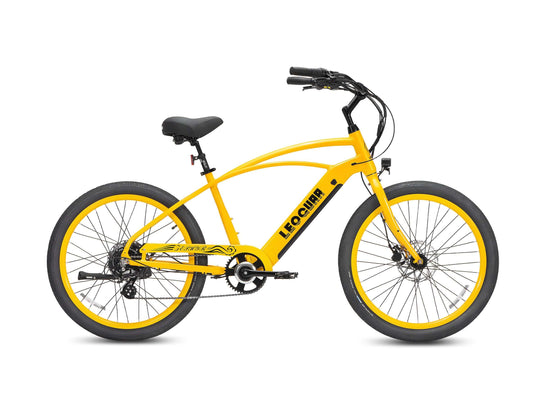
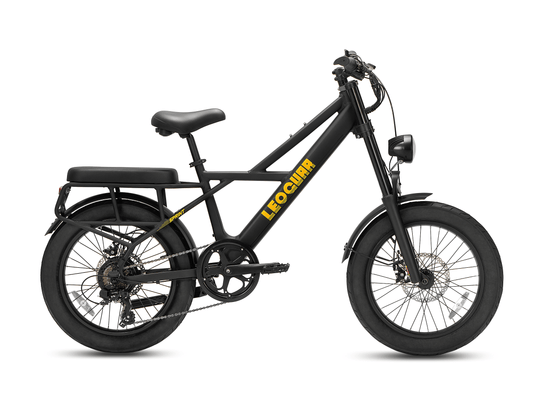

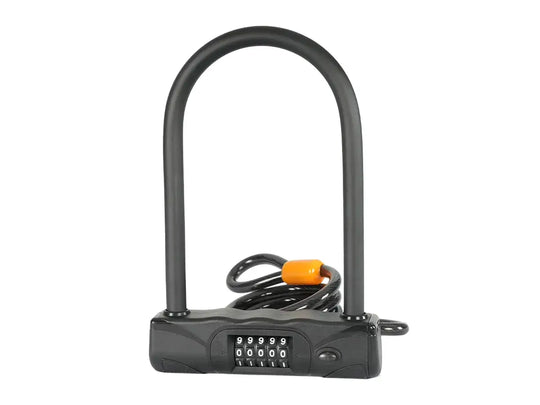
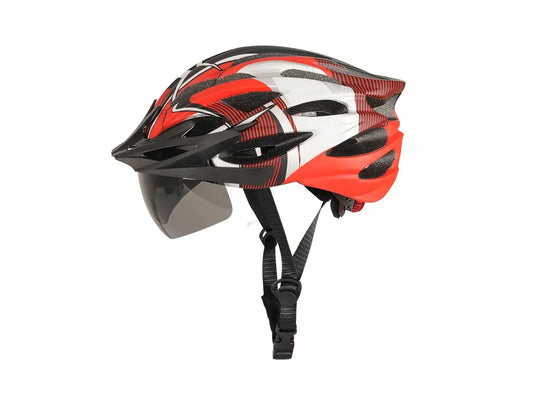
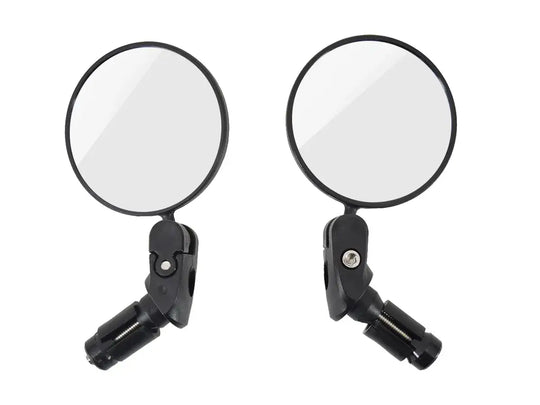


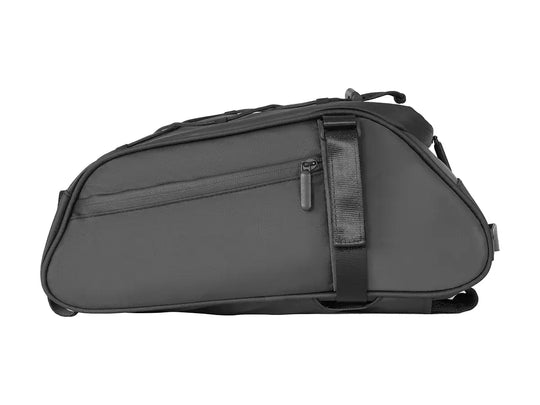
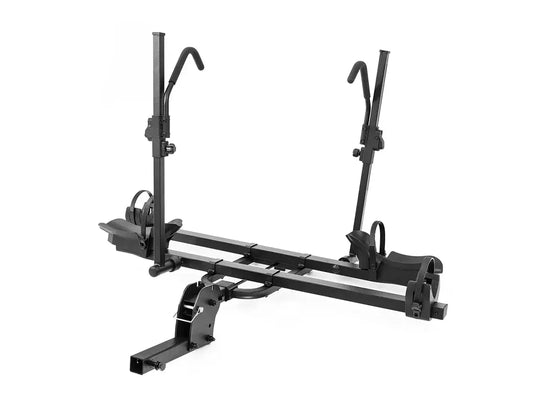
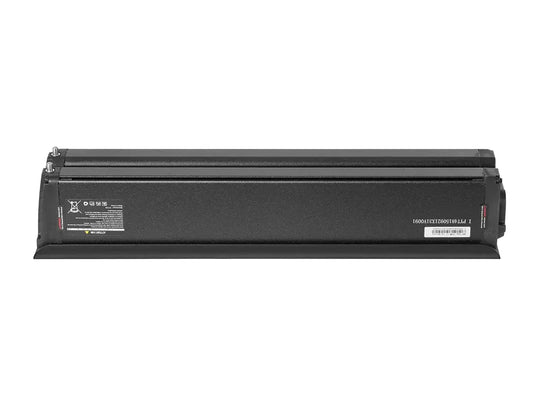
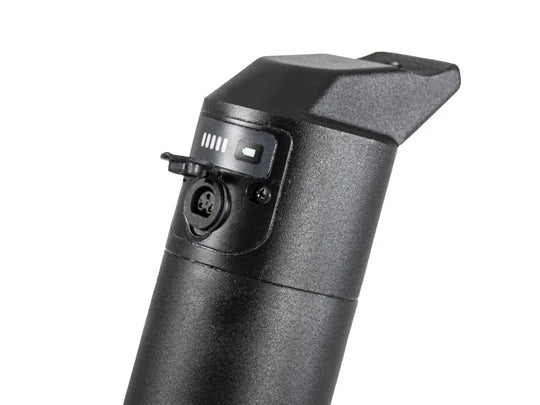
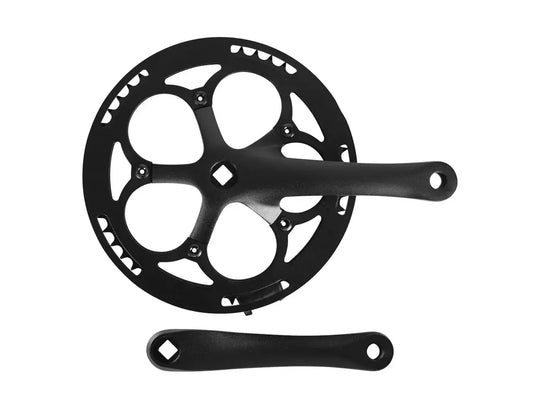
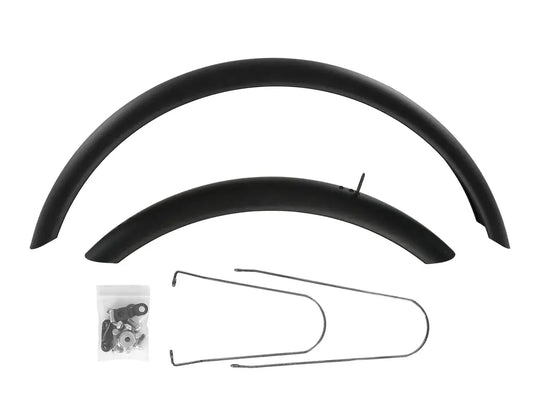
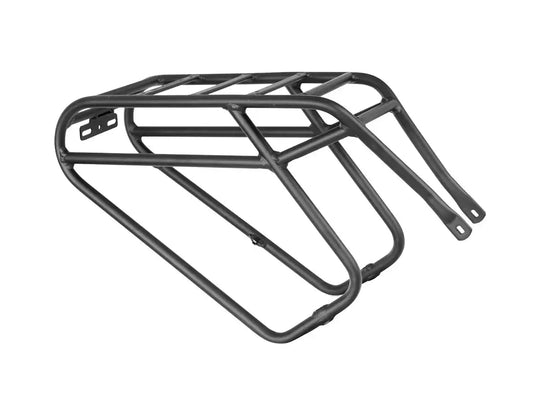
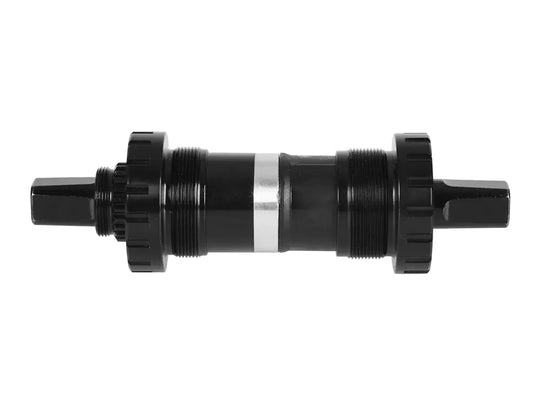
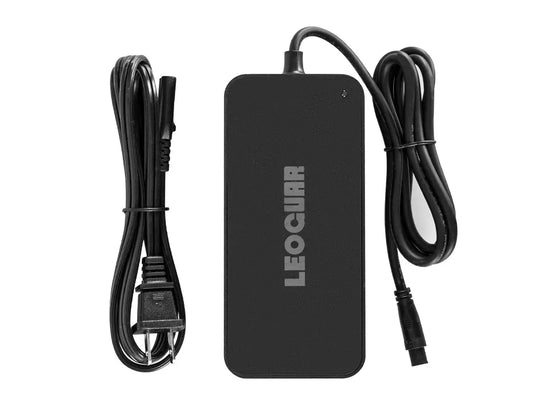
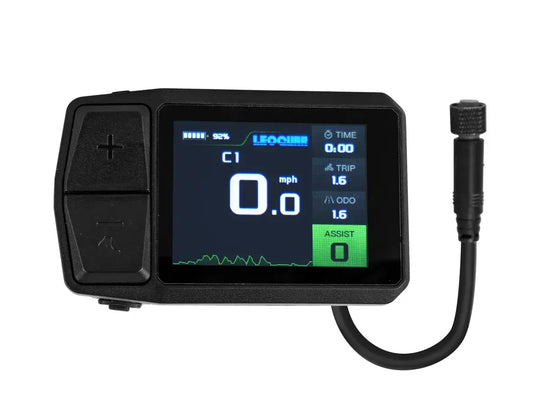
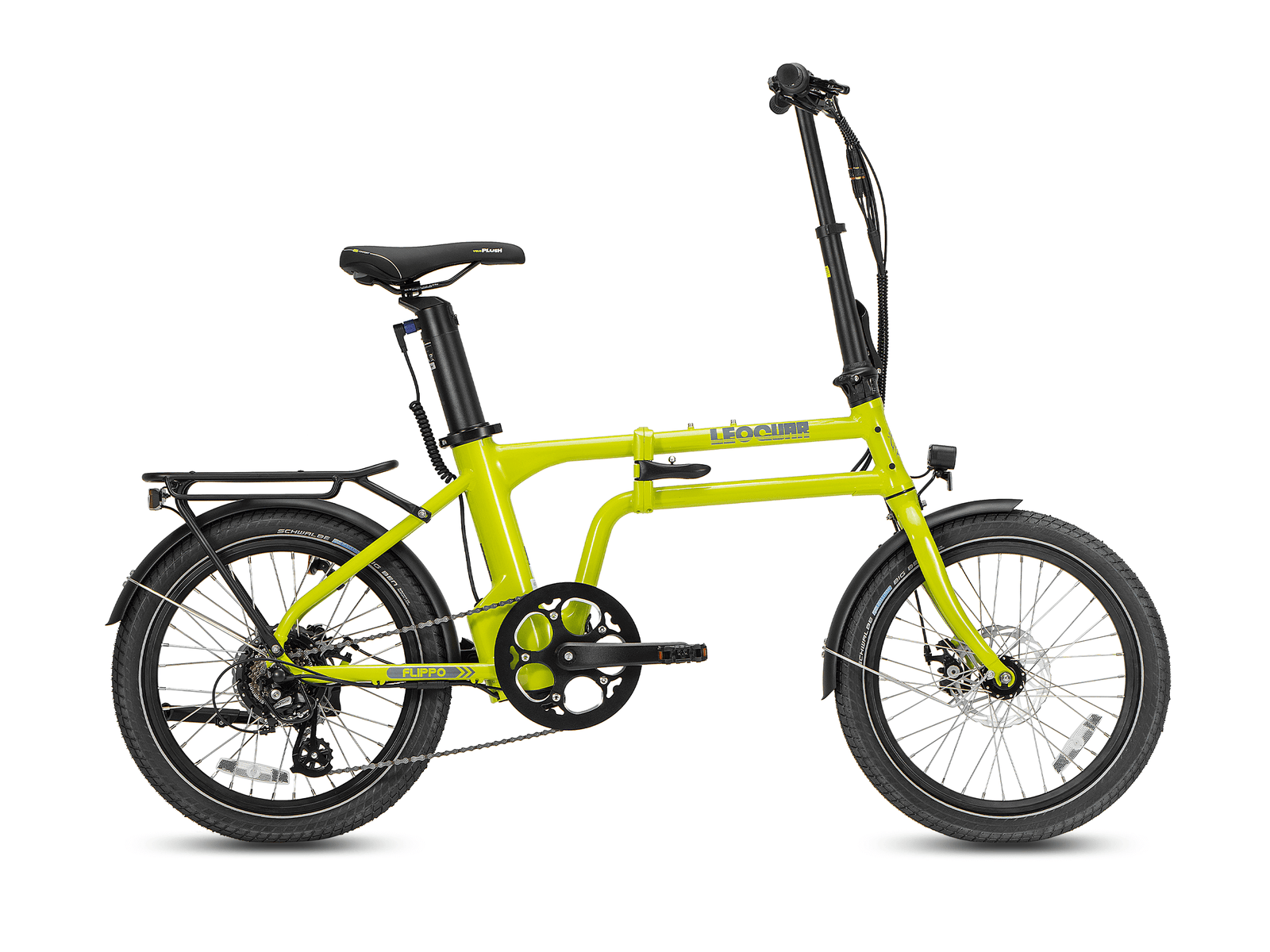








Leave a comment